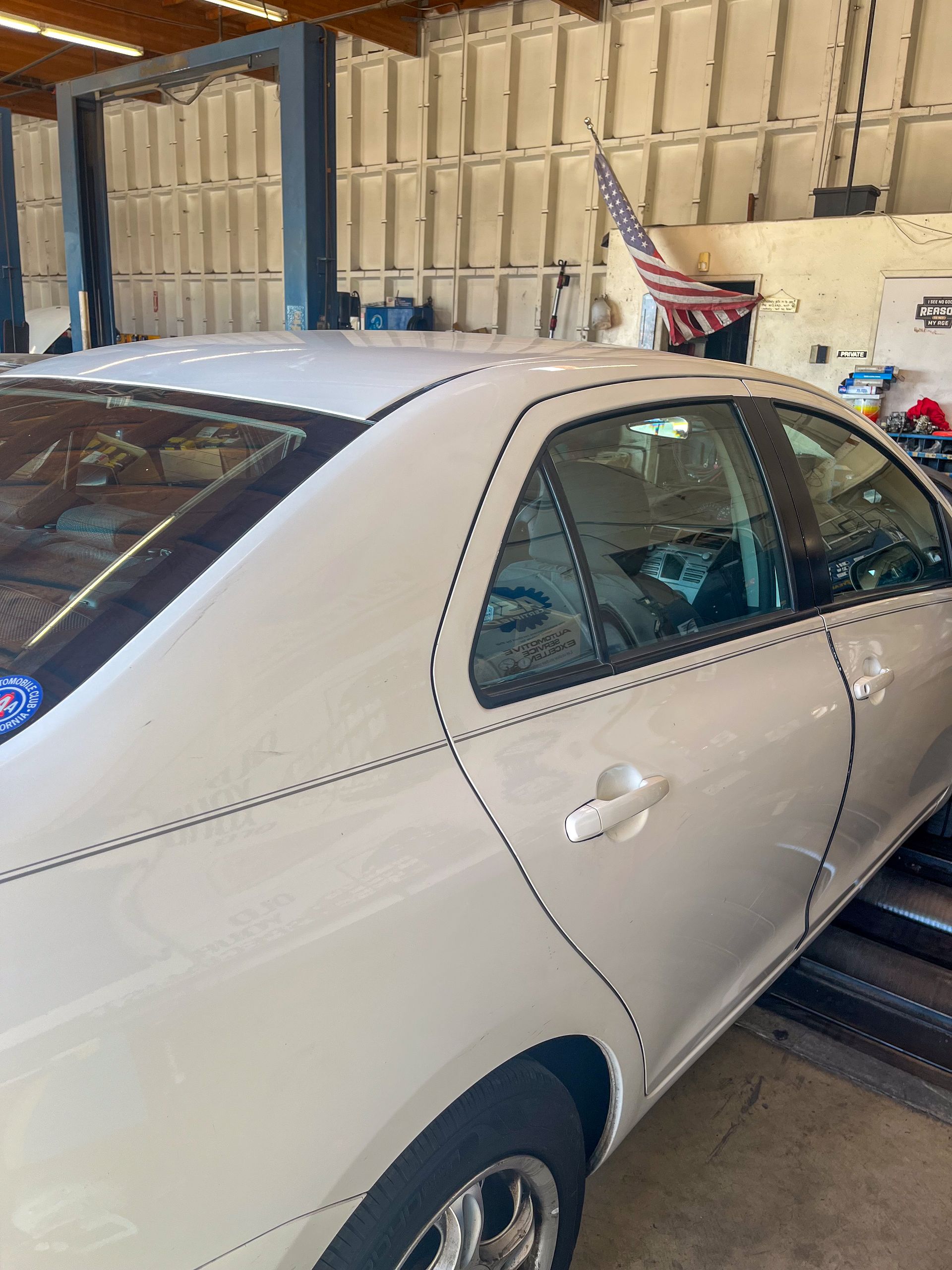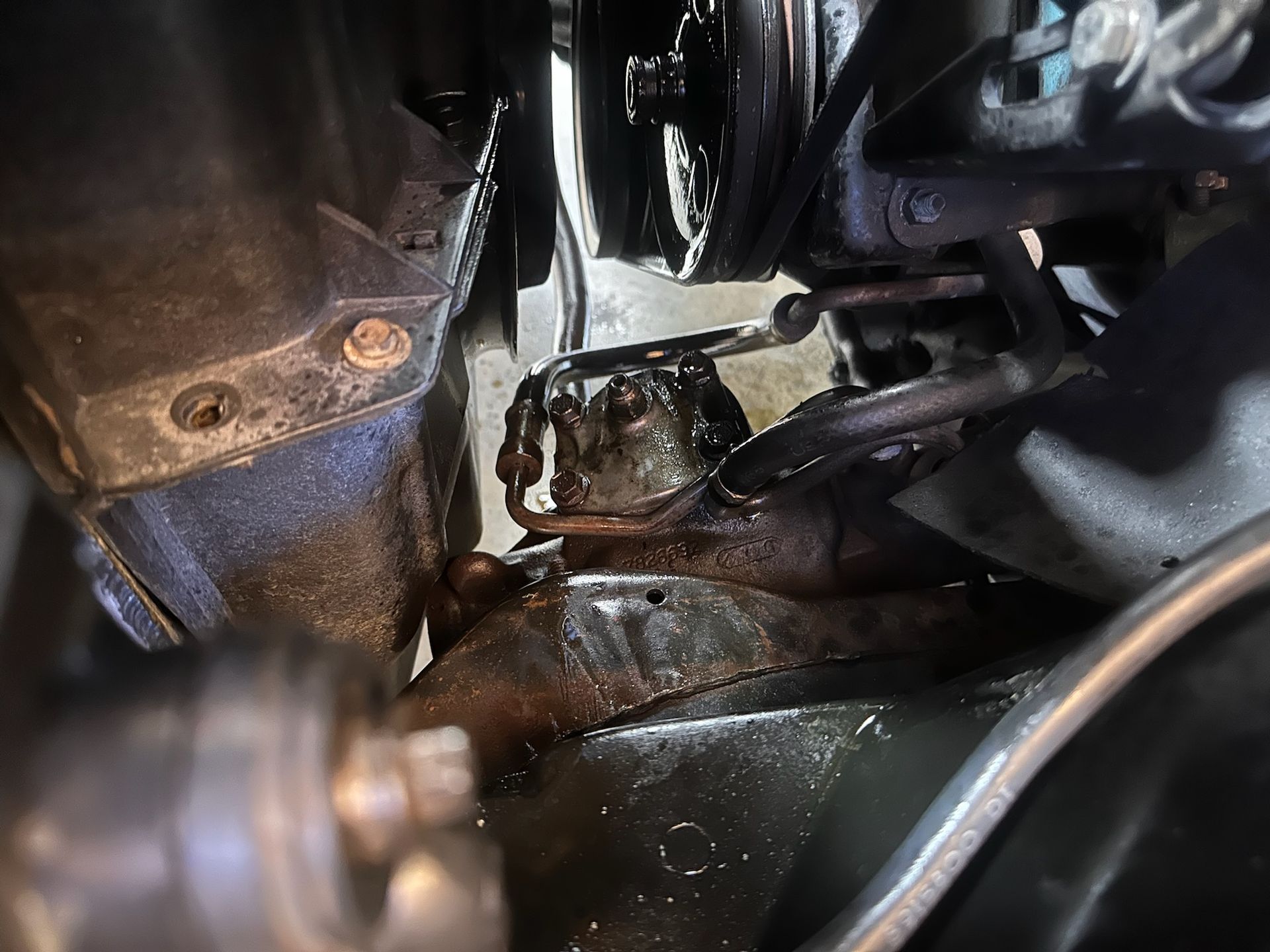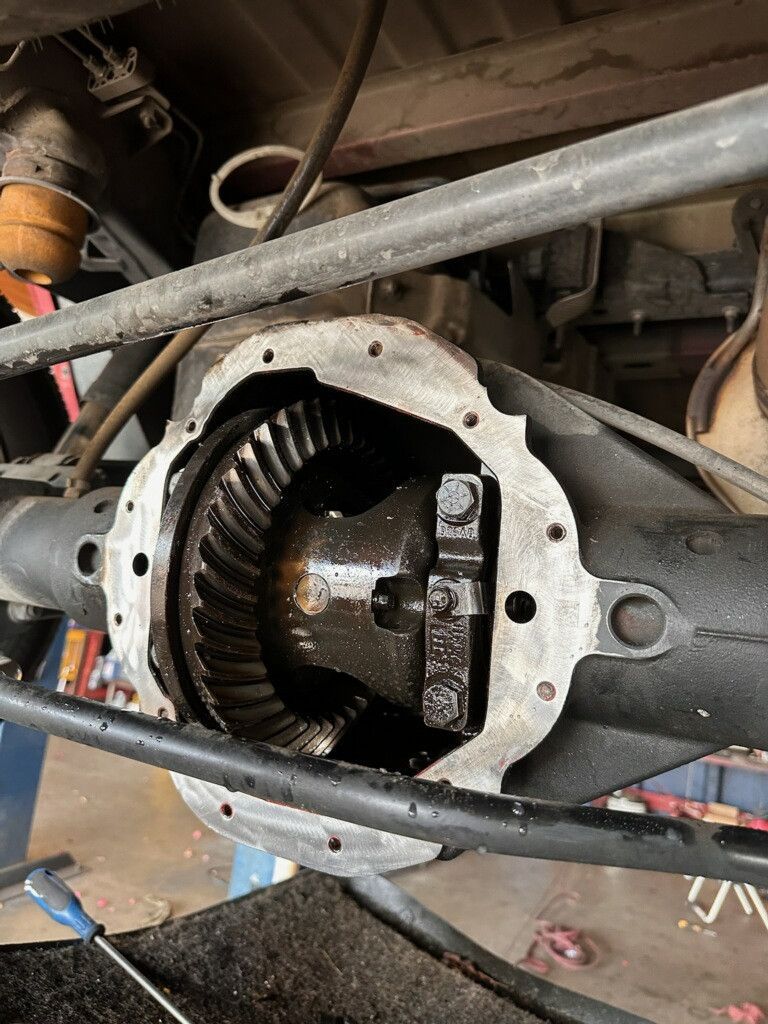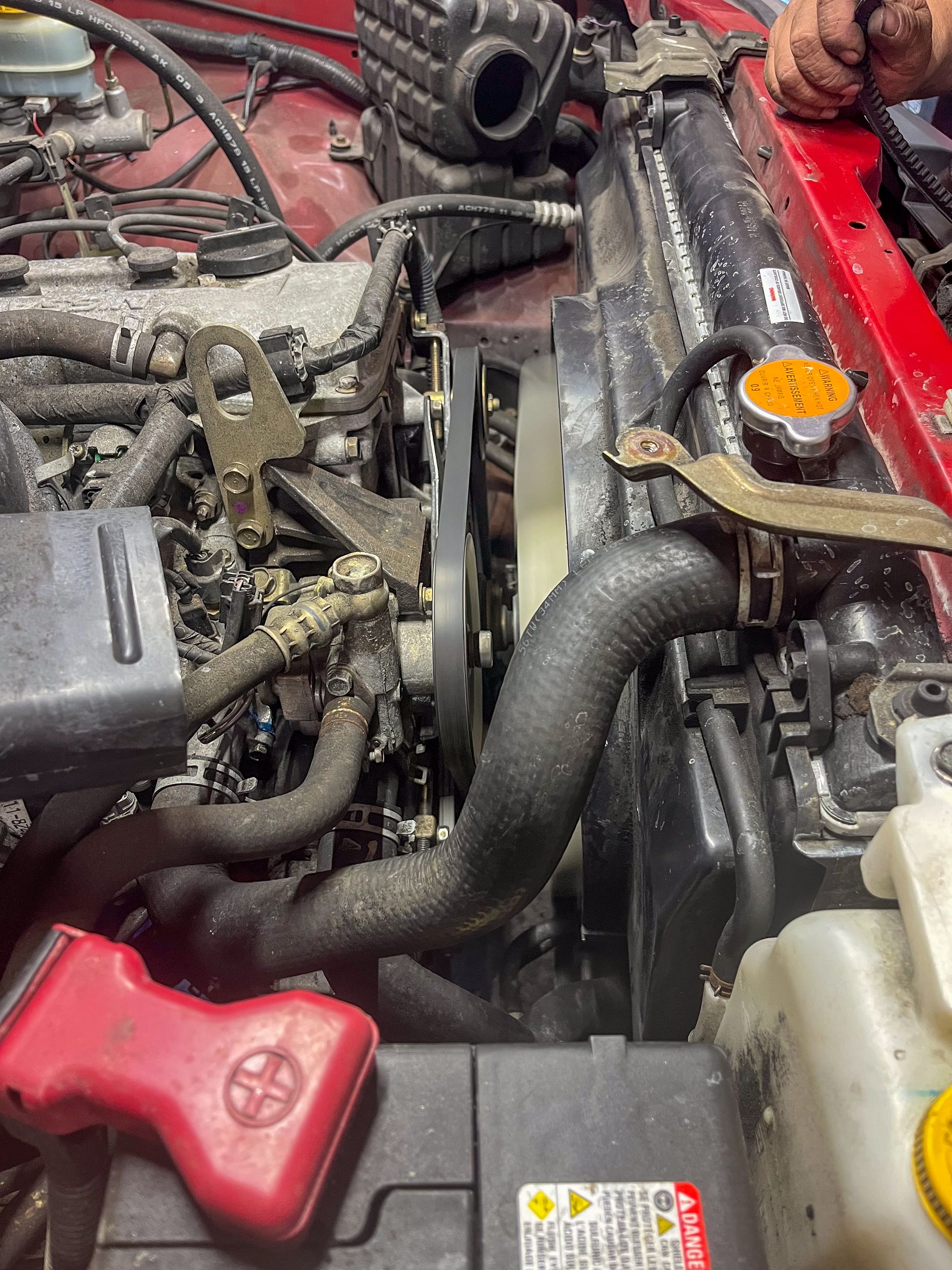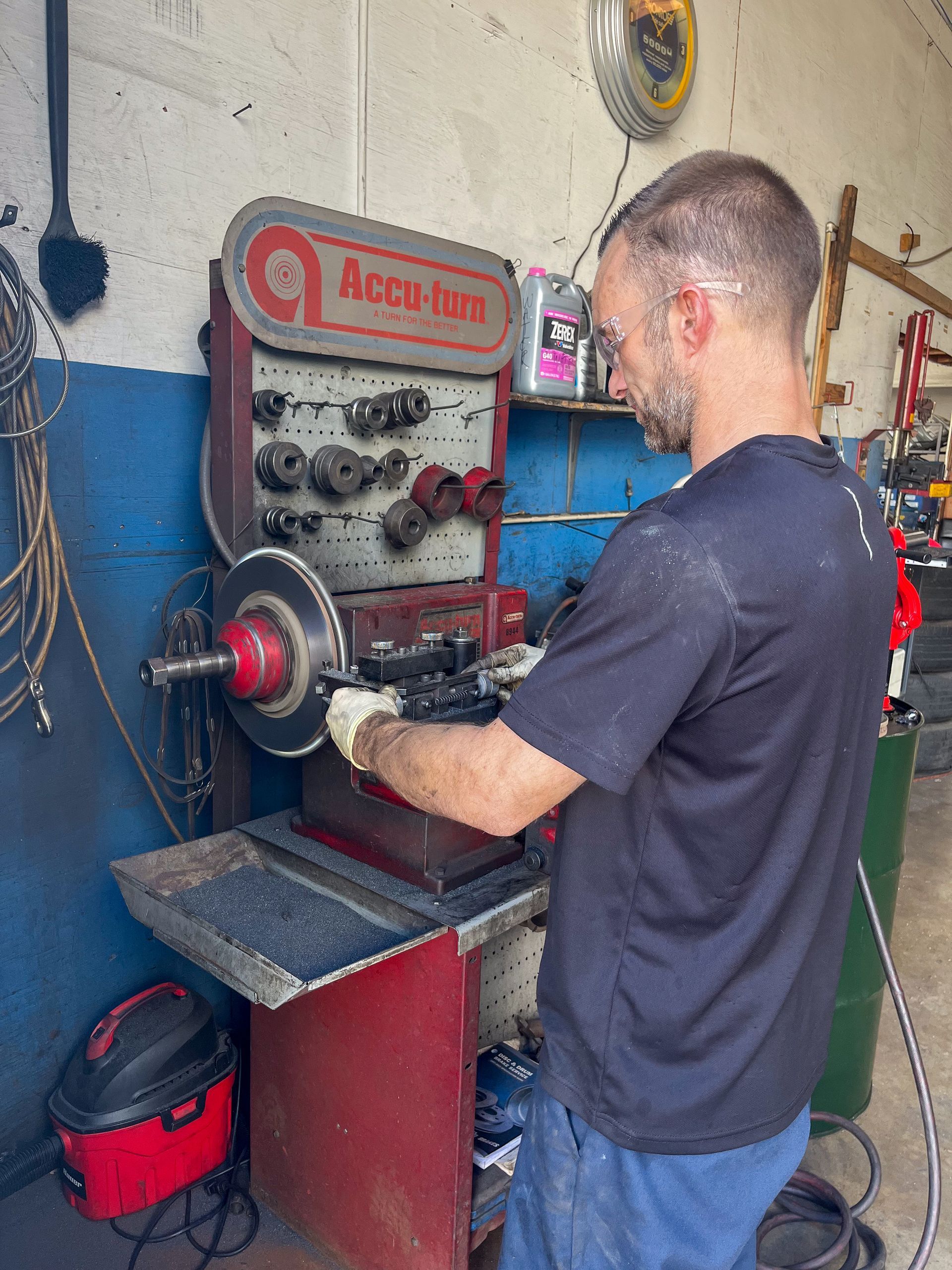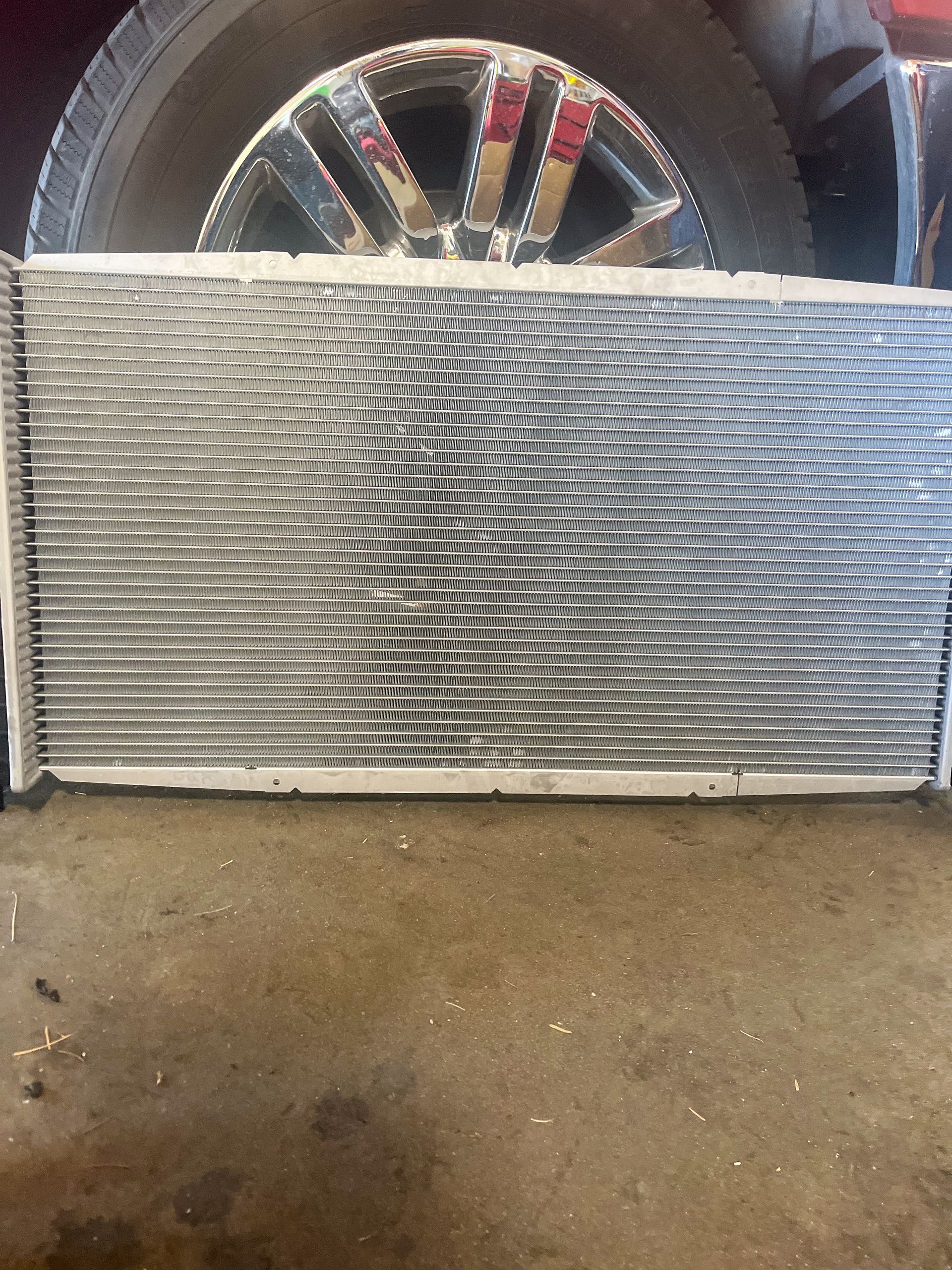How Can You Tell if Your Car Battery is Dead
If your car won’t start and you hear only a faint click, or nothing at all, you might be dealing with a dead battery. Knowing how to tell if your car battery is dead can save you time, stress, and potentially a costly tow. At Jim Brangham Auto Repair, we help drivers recognize the warning signs of a failing battery before they’re stranded. This guide covers the telltale symptoms, simple testing methods, and practical tips to keep your car powered and dependable.
What Does a Dead Car Battery Look (and Sound) Like?
A car battery doesn’t just stop working without a few hints. Common signs include slow engine cranking, dim headlights, or a dashboard that flickers before fading to black. Sometimes, you’ll hear a rapid clicking sound when you try to start the engine. In other cases, there may be no sound or response at all.
If your electrical accessories, like the radio, power windows, or interior lights, don’t turn on, that’s another strong indication your battery has lost its charge. It’s your car’s way of telling you the electrical system doesn’t have enough power to operate.
Common Symptoms of a Dying Battery
A weak or dying battery often shows several warning signs before it completely fails:
- Slow engine start: The starter motor struggles to crank, especially after the car has been sitting overnight.
- Dim or flickering lights: Both headlights and dashboard lights appear noticeably weaker.
- Electrical issues: Power locks, windows, or wipers may work intermittently.
- Battery warning light: The red battery icon may appear on your dashboard.
- Corroded terminals: White or bluish residue on the terminals can disrupt the electrical connection.
Even if your car starts occasionally, don’t ignore these signs, your battery might only have a few starts left.
How to Test Your Car Battery at Home
If you suspect a weak or dead battery, you can perform a few quick checks at home before calling for service:
- Visual inspection: Check for corrosion, loose cables, or swelling on the battery case.
- Headlight test: Turn on your headlights. If they’re dim or fade when you try to start the engine, your battery likely doesn’t have enough charge.
- Voltage test: Use a multimeter. A healthy battery should read around 12.6 volts when the engine is off and 13.7–14.7 volts when running. Anything lower suggests it’s time for a charge or replacement.
If you’re not comfortable testing it yourself, bring your vehicle to Jim Brangham Auto Repair. Our technicians can perform a quick and accurate battery test to confirm the issue.
How to Identify if It’s a Battery vs. an Alternator Problem
It’s easy to mistake a bad alternator for a dead battery since both can prevent your car from starting. Here’s how to tell the difference:
| Symptom | Likely Cause |
|---|---|
| Engine starts after a jump but dies shortly after | Alternator problem |
| Lights dim gradually while driving | Alternator issue |
| Car starts fine for a few days, then won’t start again | Weak or failing battery |
| Battery light stays on while driving | Alternator charging issue |
If the alternator isn’t recharging your battery, even a new one will die quickly. Our technicians can test both components to pinpoint the cause accurately.
Preventing a Dead Battery in the Future
Regular maintenance can extend your battery’s life and keep you from being stranded. Here are a few simple tips:
- Drive regularly: Short trips don’t allow your alternator enough time to recharge the battery.
- Turn off accessories: Always switch off lights, chargers, and electronics before shutting off the engine.
- Clean the terminals: Corrosion buildup can prevent a solid connection.
- Check the voltage annually: Have your battery tested during routine maintenance, especially before winter or summer.
A little care goes a long way in maintaining your car’s electrical health.
When to Replace Your Car Battery
Most car batteries last between three to five years, depending on usage, climate, and driving habits. If yours is nearing the end of that range or shows signs of weakness, it’s best to replace it proactively.
At Jim Brangham Auto Repair, we offer high-quality battery replacements and can ensure the new one matches your vehicle’s specific power needs. We’ll also check your charging system to confirm there aren’t any underlying electrical issues causing premature battery failure.
What to Do If Your Car Battery Dies Unexpectedly
If you find yourself stuck with a dead battery:
- Turn everything off: Headlights, radio, and A/C should all be switched off.
- Try a jump start: Use jumper cables and a working vehicle or a portable jump starter.
- Drive for at least 20 minutes: This helps recharge your battery if the alternator is functioning properly.
- Visit a shop soon: Even if the car starts again, it’s crucial to have your battery and charging system checked.
Our team can test, replace, and safely dispose of old batteries while ensuring your car runs reliably.
Understanding how to tell if your car battery is dead helps you avoid last-minute surprises and stay confident behind the wheel. Whether your battery needs a recharge or replacement, Jim Brangham Auto Repair is here to help with expert diagnostics and trusted service. Contact us online, call us at (760) 321-7040 or visit us for a professional battery inspection and keep your vehicle ready for every drive.
